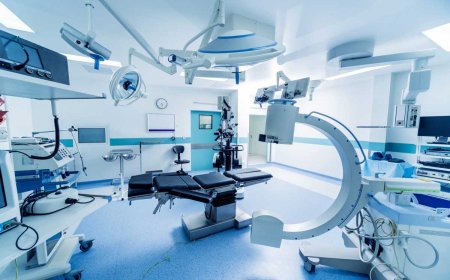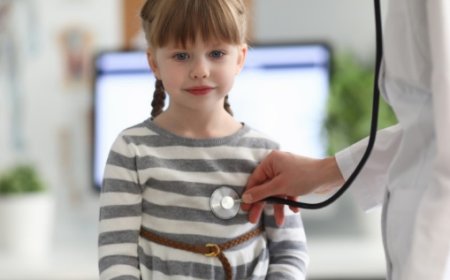How Do Medical Devices Save Lives?
Medical devices are the silent heroes of modern medicine. Sometimes it’s a monitor, sometimes a ventilator or even a small infusion pump...

Medical devices are the silent heroes of modern medicine. Sometimes it’s a monitor, sometimes a ventilator or even a small infusion pump... Each plays an invisible yet criticalrole in helping a patient cling to life. These devices can detect the smallest changes that thehuman eye might miss, deliver accurate data at the right moment and in some cases, even takeover vital functions on behalf of the patient.
Let’s consider an example: when a patient stops breathing, a mechanical ventilator is immediately connected and assumes the function of respiration, preventing organ damage. A patient monitor detects dangerous fluctuations in heart rhythm within seconds and triggers an alarm. Thanks to that alarm, a nurse can reach the patient just moments earlier andsometimes, those moments are the difference between life and death.
A defibrillator delivers an electric shock in cases of cardiac arrest, helping the heart resume itsfunction. Everything happens in mere seconds, but without the right equipment, theopportunity to intervene may be lost. Infusion pumps ensure medications are administeredwith milligram-level precision. In intensive care settings, even the slightest variation in dosage can have life-threatening consequences.
Beyond treatment, medical devices play a vital role in diagnosis as well. An MRI that detectsa tumor at an early stage or an AI-powered imaging system that accelerates diagnosis can buy valuable time and ultimately, save lives.
Medical devices reduce human error, optimize time, clarify information and accelerateresponse. Most importantly, when used together in harmony, they provide genuine support in a patient’s fight for survival. For this reason, hospitals don't only look at brand names they prioritize device safety, technical support and proper training. In critical situations, access toessential clinical materials such as syringes, catheters, and sterile dressings plays a key role in supporting life-saving interventions alongside advanced medical devices.
This is precisely where trusted companies like Corena become essential. Because goodequipment can save lives but properly used, high-quality equipment can truly transformthem.
How Do Medical Devices Enhance the Patient’s Treatment Process?
Medical devices not only save lives in emergency situations they also improve every stage of the treatment process by making it more accurate, efficient and safe. With the help of thesedevices, diagnoses become clearer, treatments are more precisely planned and recovery is monitored more effectively.
They play a critical role especially at the diagnostic stage. For example, an imaging devicecan detect a disease at an early phase, allowing for timely intervention. Blood analysismachines can quickly reveal infections or organ dysfunctions. AI-assisted systems support thephysician’s interpretation, increasing the accuracy of the diagnosis.
Once treatment begins, medical devices help regulate dosage, timing and delivery methods. Infusion pumps administer medication with millimetric precision. Ventilators providerespiratory support tailored to the patient’s needs. Radiation therapy machines target tumorswhile minimizing damage to surrounding healthy tissue.
These devices are equally valuable during the follow-up phase. Patient monitors track vitalsigns in real time. If any abnormality occurs, the system triggers an alarm so medical staff can intervene immediately allowing complications to be detected at an early stage. Some deviceseven show how well the patient is responding to treatment. For instance, an ECG can clearlydisplay how a medication is affecting heart rhythm.
Beyond just collecting medical data, these devices make the entire treatment process moremanageable. The patient feels more secure, the physician makes more confident decisions andthe nursing staff can follow up more accurately. This synergy has a direct impact on thesuccess of the treatment.
What's Your Reaction?









































